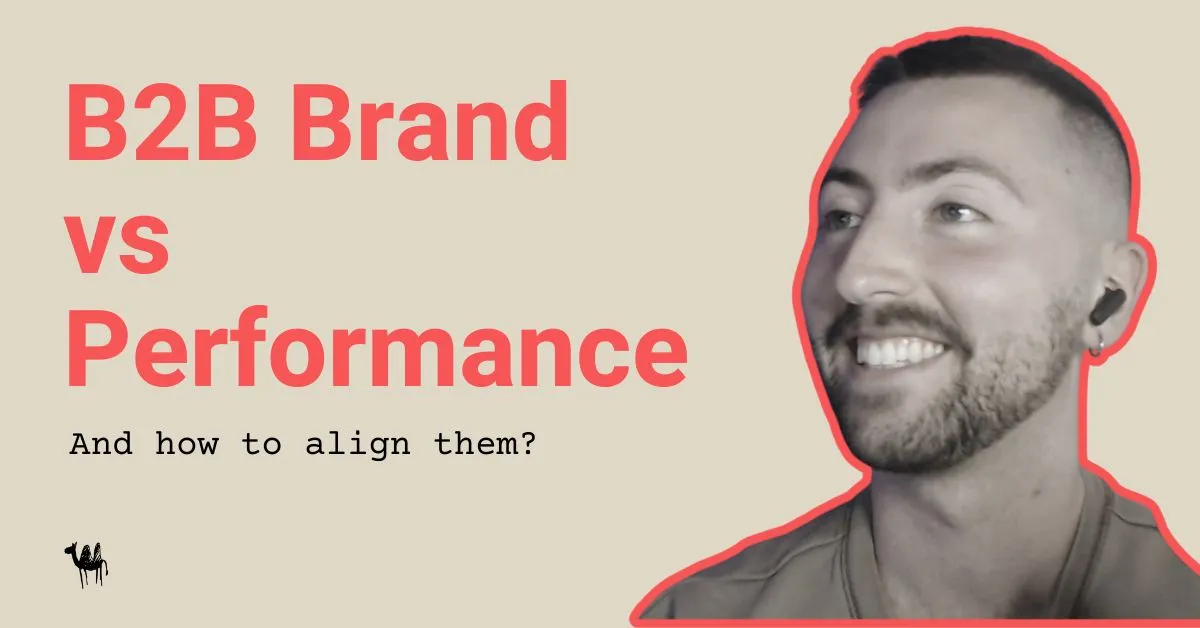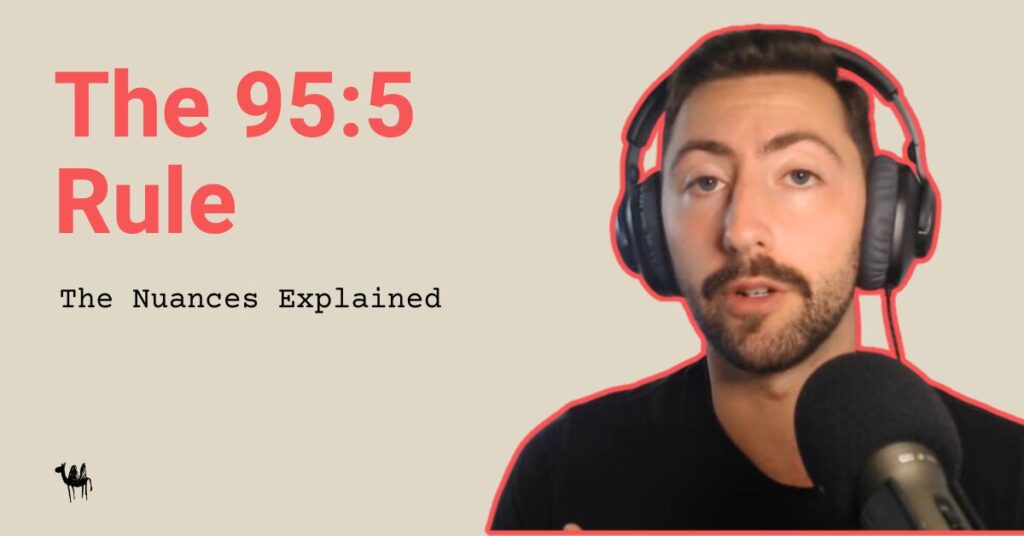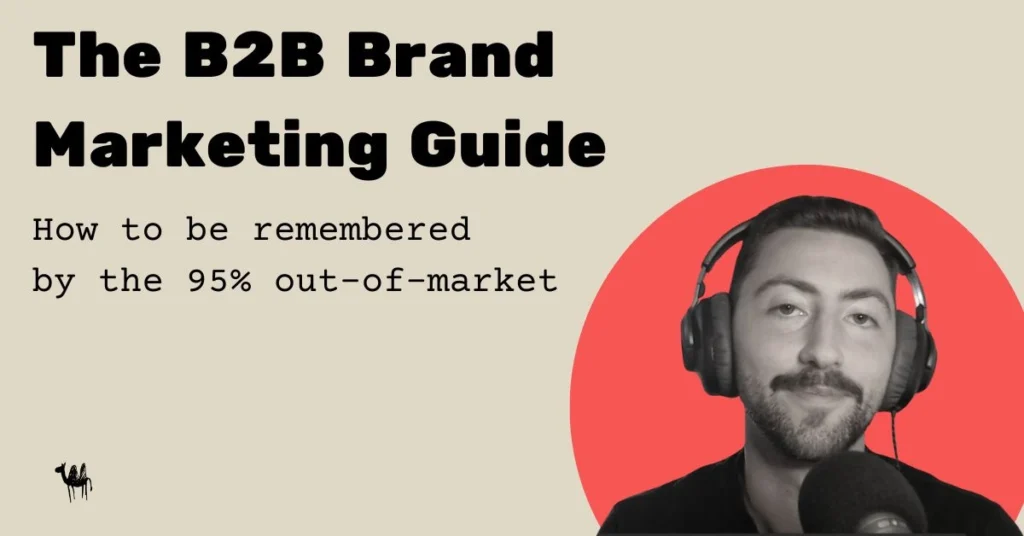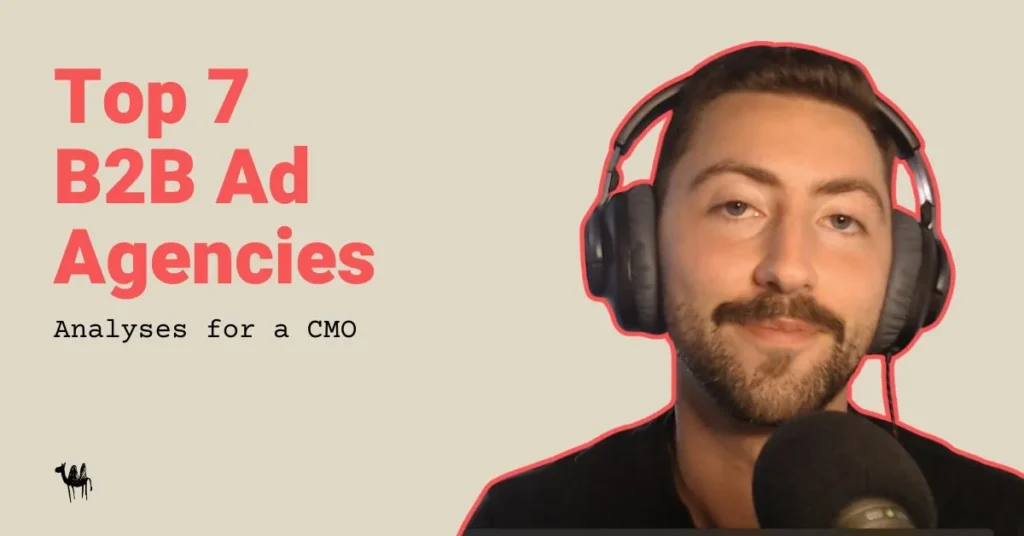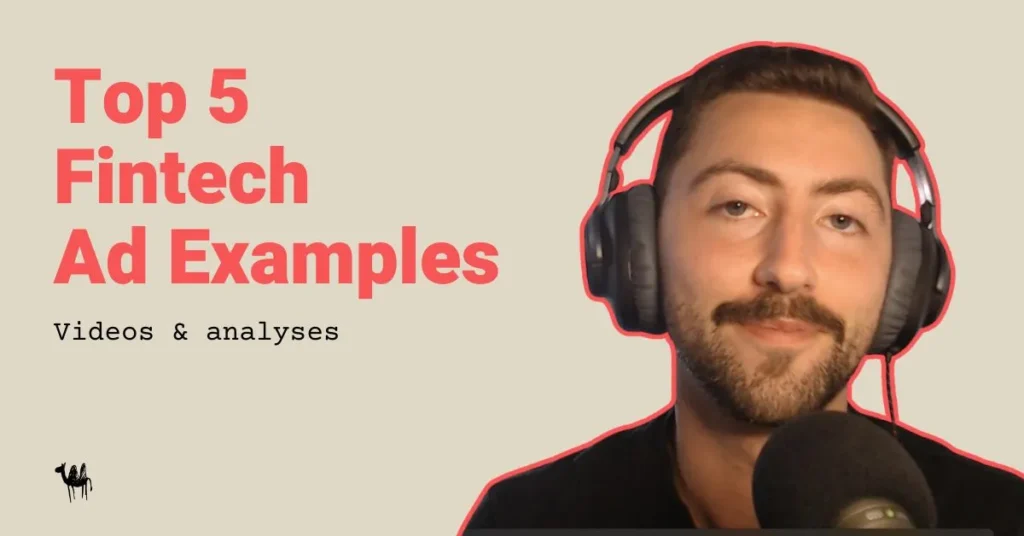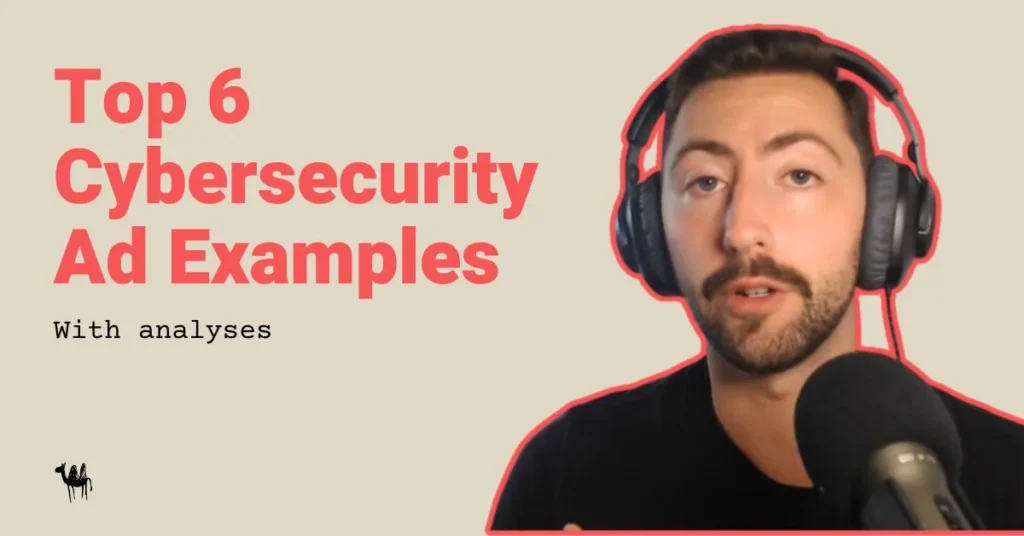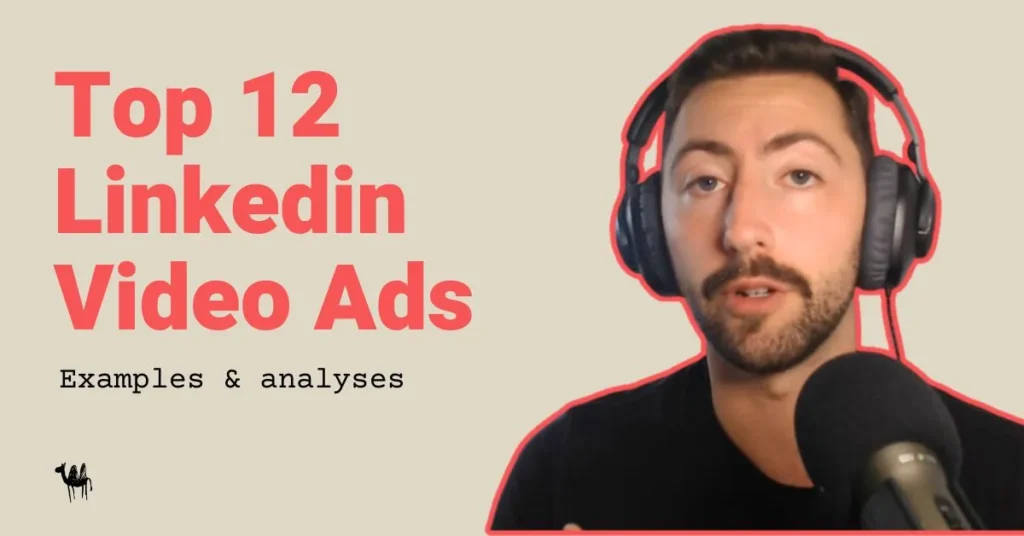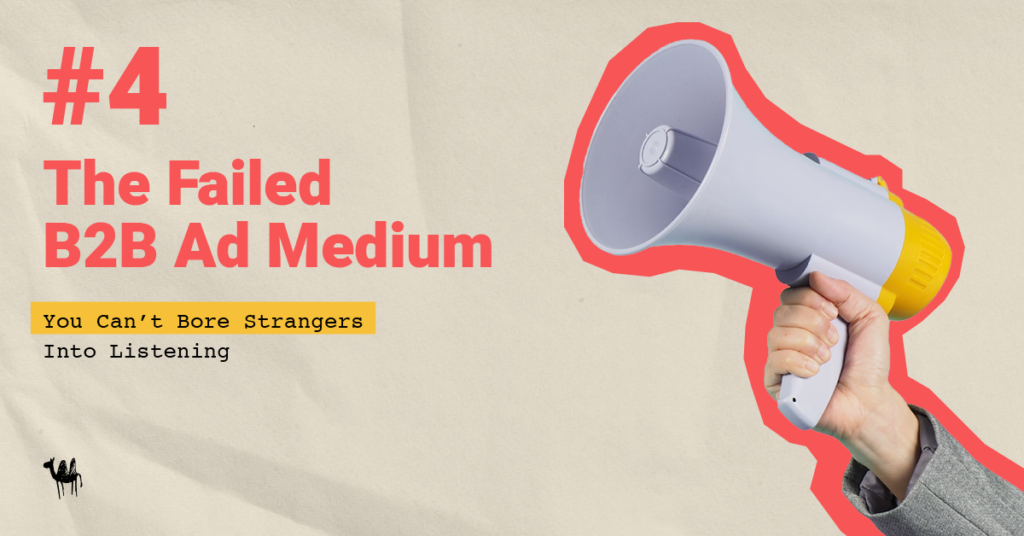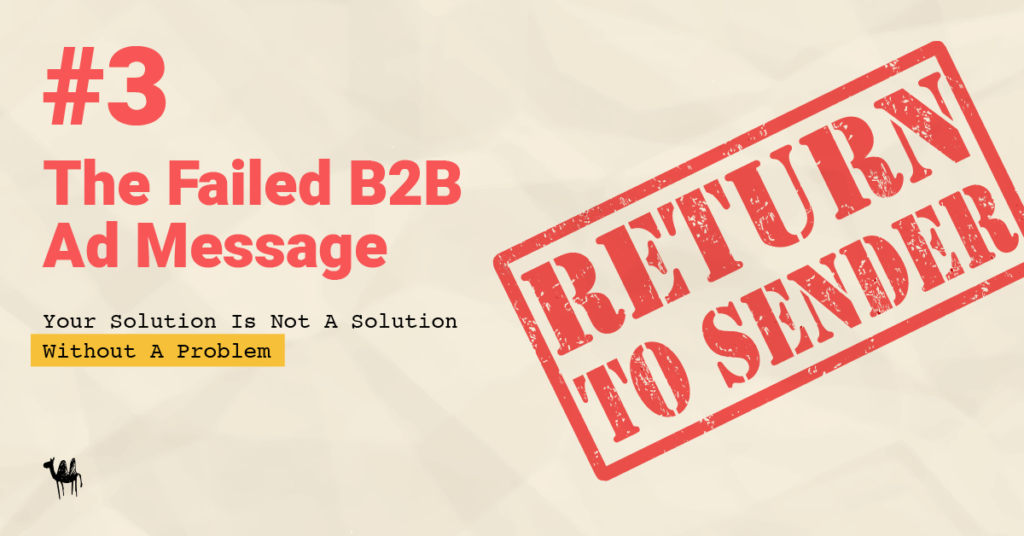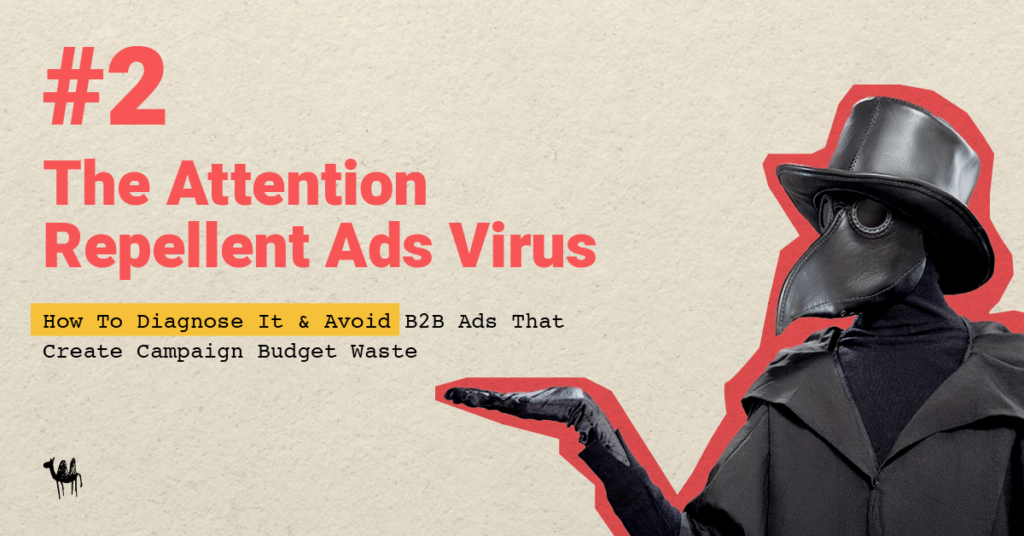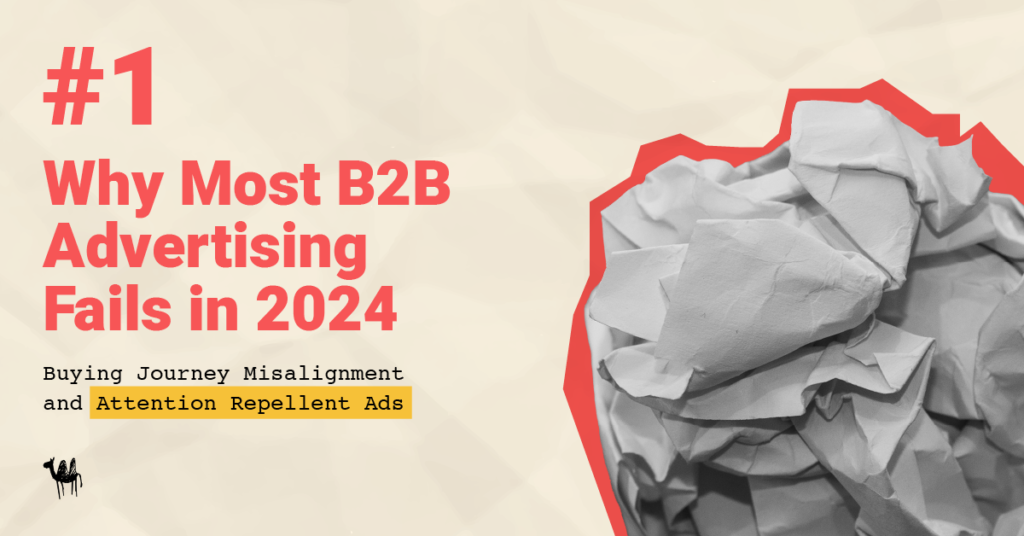If you’re looking for:
👉 clarification on the difference between Brand Marketing vs Performance Marketing
👉 how to develop a B2B marketing strategy that aligns both
👉 how B2B brand and performance differs from B2C
This article is for you.
What’s the Difference: Brand Marketing vs. Performance Marketing?
Before we get into how B2B brand marketing and performance marketing differs from B2C, let’s first define the differences between these two types of marketing.
In a nutshell, brand and performance are the “long game” and “short game” in marketing.
While brand marketing is about building lasting associations, performance marketing aims for direct conversions.
Here’s a closer look:
Time Horizons:
Brand marketing is long-term. It’s about being remembered as the solution when a buyer encounters a problem in the future. Performance marketing, on the other hand, is immediate—conversions, clicks, and ROI within a quarter or even a week.
Mental Availability vs. Conversion Goals:
Brand marketing creates mental availability, building recall so your brand is top-of-mind when a buyer’s need arises. Performance marketing captures leads and drives direct action. The former is about being in the mind early; the latter is about capturing demand now, converting buyers that are currently searching for a product or service.
Metrics and Measurement:
Measuring brand marketing focuses on:
- brand recall
- market share
- reputation
Performance marketing, though, is all about:
- CPA
- CTR
- immediate leads (MQLs)
Brand metrics may seem more abstract. And you’d be right to think so.
Measuring the success of brand marketing in the long-term is a lot less intuitive than measuring the success for performance marketing.
And it’s why so many companies, particularly B2B, allocate a disproportionate amount of their budget to performance marketing.
More on that later.
Examples Of Brand Ads vs Performance Ads
Before we get into more details about each type of marketing, take a look at the difference in ad examples.
These more concrete examples will help keep things clear from the beginning before we get into the nuances.
Brand ad example
One of my favorite examples of brand ads is done by Teamwork.com, a project management tool. It follows what we call the PESO Formula.
You can find even more examples of this type of ad here.
They make the message primarily about the Problem buyers have, Emotionally communicating that message (humor, surprise), ending the message with their Solution and the Outcome produced by solving the problem.
A good brand ad gets the brand remembered as the solution to a specific problem.
They do this exceptionally well.
Because it is SO funny, it gets remembered. For years. By the 95% of out of market buyers (compared to the 5% of in-market buyers that are currently ready to buy).
Performance ad example
Looking at some other ads from Teamwork.com, you can see a very stark difference. These ads are much more rational and they focus on motivating some kind of action, instead of just creating a memory.
This is a Linkedin ad that they use to retarget their ICP that has already viewed their brand video ad from above.
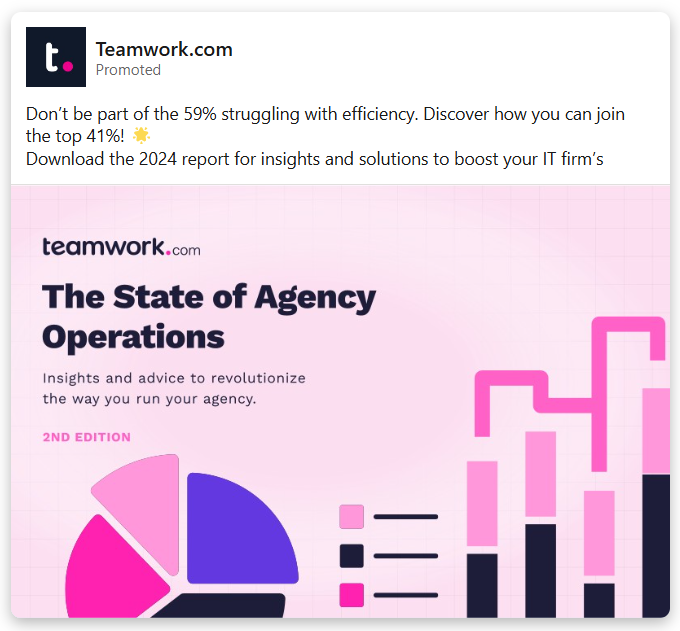
This here is a Google ad to help convert buyers that are already searching for their solution, the 5% in-market buyers.

Now that you have a pretty good idea of the differences…
How do these types of marketing differ in a different context?
When you’re marketing to businesses (B2B)?
Or when you’re marketing to consumers (B2C)?
How B2B Buying Differs from B2C
When it comes to buying behaviors, B2B is quite a different ball game.
It’s more complex, rational, and often long-term, and here’s why:
Longer Sales Cycles and Bigger Decision-Making Committees:
Unlike in B2C, where impulse buys are common, B2B buying decisions are generally made by teams, not individuals. These committees often include representatives from multiple departments who each have their own considerations—budget, compliance, IT security, and more.
The average B2B sale can take months or even years.
Solution-Oriented, Not Product-Oriented:
B2B buyers are usually focused on solving a business problem rather than seeking the “next best thing” like a consumer might. They’re also less driven by brand prestige and more by functional solutions, hence the emphasis on problem-awareness in B2B brand marketing.
Budget and Contractual Constraints:
B2B buyers work within stringent budget cycles and may be bound by existing contracts. While a B2C consumer may quickly upgrade to a new product, a B2B buyer needs solid justification for change, often tied to long-term ROI and business impact.
There’s definitely more rational decision making, but more towards the end of the long buying journey.
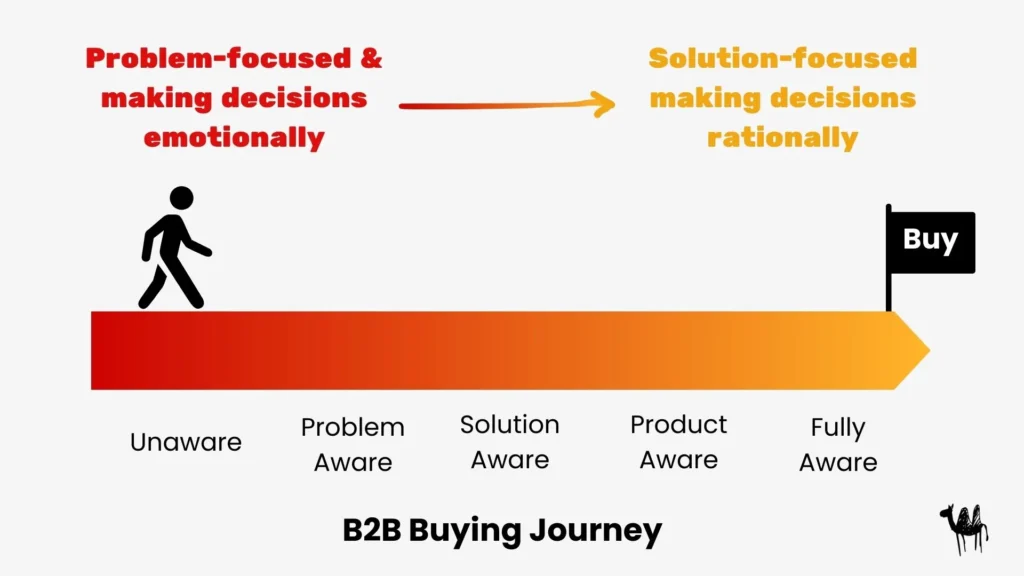
How B2B Buying is Similar to B2C
Despite these differences, B2B and B2C buying aren’t worlds apart. Let’s break down the similarities:
Emotion Still Matters:
The myth that B2B buyers are purely rational overlooks the psychological aspect of buying. Just like in B2C, emotion plays a role. B2B buyers want to feel confident and secure in their decision. For instance, brand credibility and trust are critical in both arenas.
Mental Availability and Category Entry Points (CEPs):
Like consumers who recall specific brands for particular needs, B2B buyers also have mental associations tied to brands. When faced with a problem, buyers don’t search for solutions blindly—they have a few brands in mind. The same principles of Mental Availability and CEPs that apply in consumer branding also apply in B2B.
Importance of Storytelling and Empathy:
B2B buyers are still people who respond to stories, humor, and wit. The effectiveness of problem-oriented messaging that resonates with the buyer’s situation is just as important in B2B as it is in B2C, especially when communicating non-obvious problems.
The 95:5 Rule To Frame The Alignment
This is where we bring everything from above together into one dimension.
A frame of reference where it all makes sense.
According to the research done by the Ehrenberg Bass Institute, 95% of B2B buyers, in most categories, are out of market. But they are future buyers.
While 5% of buyers are currently ready to buy in this current quarter. They are likely searching for a solution.
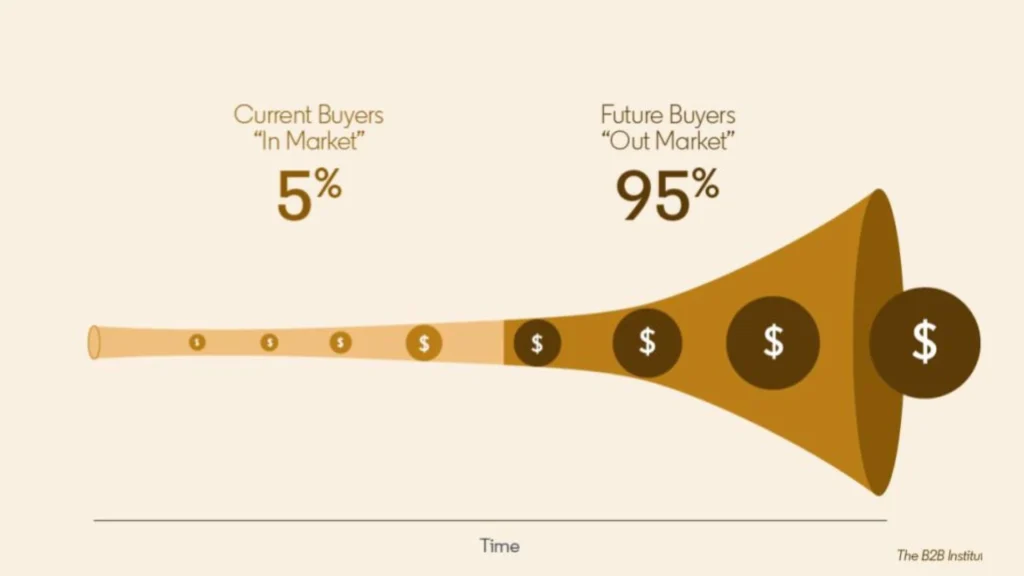
When we look at buyers through this lense, we can segment our marketing depending on who we are targeting.
Brand marketing for the out-of-market, future buyers.
Performance marketing for the in-market, current buyers.
Brand to be remembered as the brand with the solution when they become ready to search.
Performance to be seen as the brand with the solution when they are already searching.
And more research done by the B2B Institute shows how the communication style changes for the 5% and the 95%.
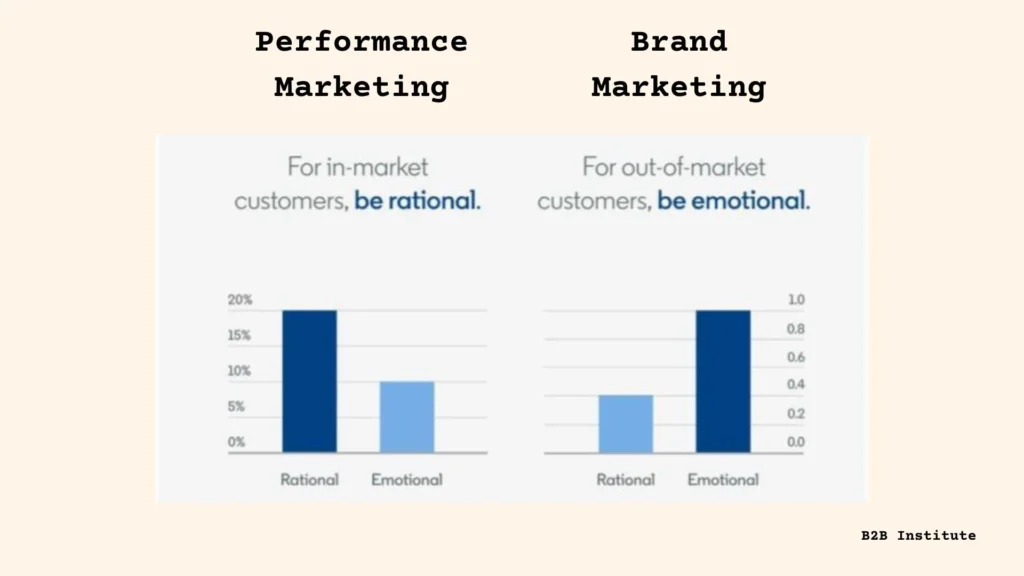
How to Align Your B2B Brand Marketing and Performance Marketing
Effective B2B marketing aligns brand and performance, allowing each to support and amplify the other.
Here’s an overview:
Set Shared Goals:
First, clarify how brand marketing will support performance goals. For example, increasing brand recall can improve CTRs and lower CPA as your brand is recognized as relevant when the buyer is in-market.
Use the 95:5 Rule:
As your hub article explains, most B2B buyers are not in-market at any given time. For the 95% out-of-market, brand marketing builds awareness of the problem and solution, making them more receptive to future performance campaigns when they become in-market.
Differentiated Messaging for In-Market vs. Out-of-Market Buyers:
Align your content so that brand messaging reaches out-of-market buyers with problem-awareness and emotional resonance, while in-market buyers get performance-oriented, solution-focused messaging that emphasizes rational value.
Integrate Retargeting:
Retarget those who engage with brand content. Use brand marketing to capture attention, then performance marketing to retarget in-market buyers, moving them down the funnel.
To use a concrete example of how to use the two together, think back to the Teamwork.com ads.
They use the brand video posting it on organic Linkedin while also running it as a Top of Funnel ad. And when someone has seen their whole video ad, they can then show them Middle of Funnel ads – like the report to collect emails.
When a potential buyer already knows the brand, likes them, and understands how it can help them, then they’re much more likely to:
👉 pay attention to their other ads
👉 take an action
If you don’t yet have a B2B Brand Marketing strategy, we wrote a whole guide for CMO’s (or any marketer designing the strategy) – click here to check it out.
